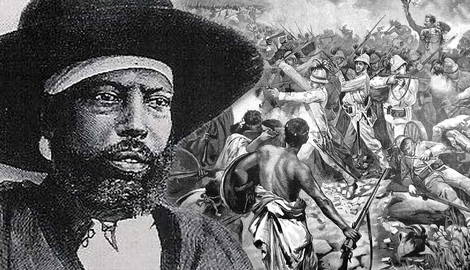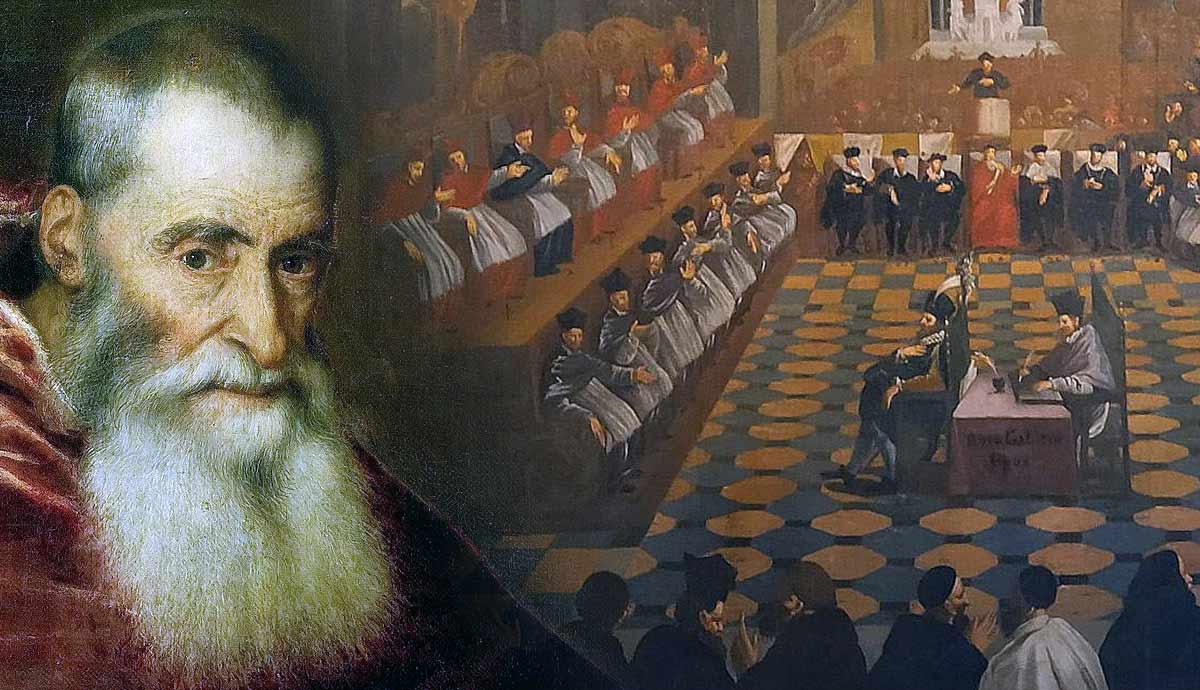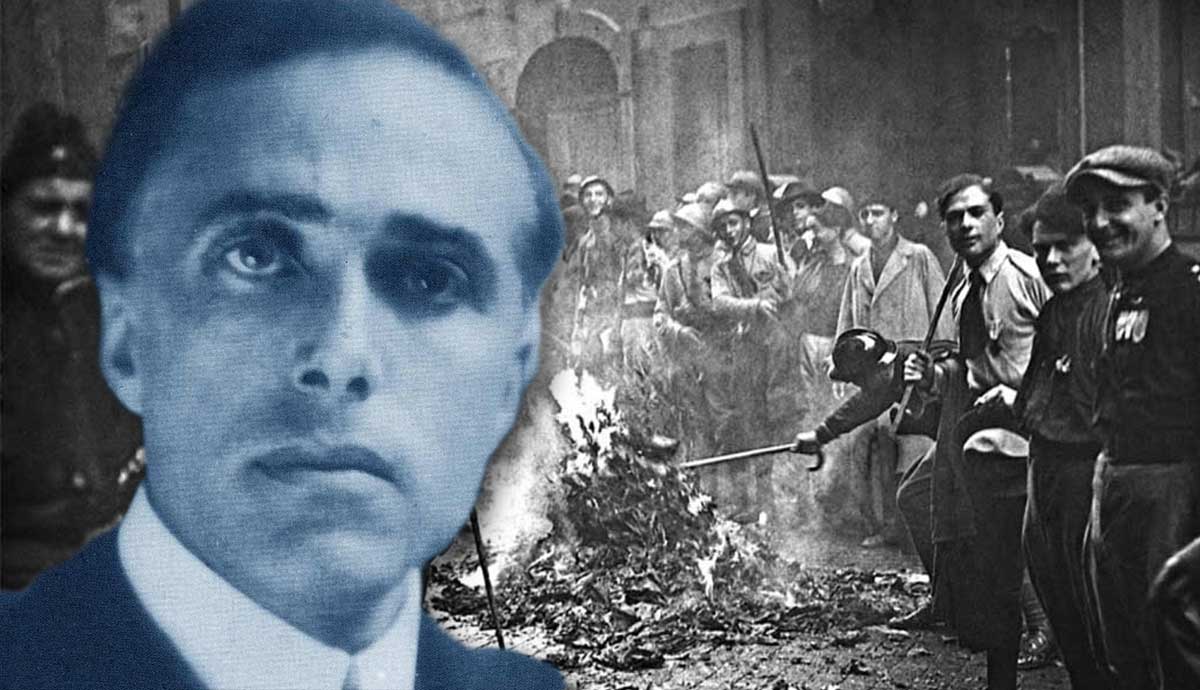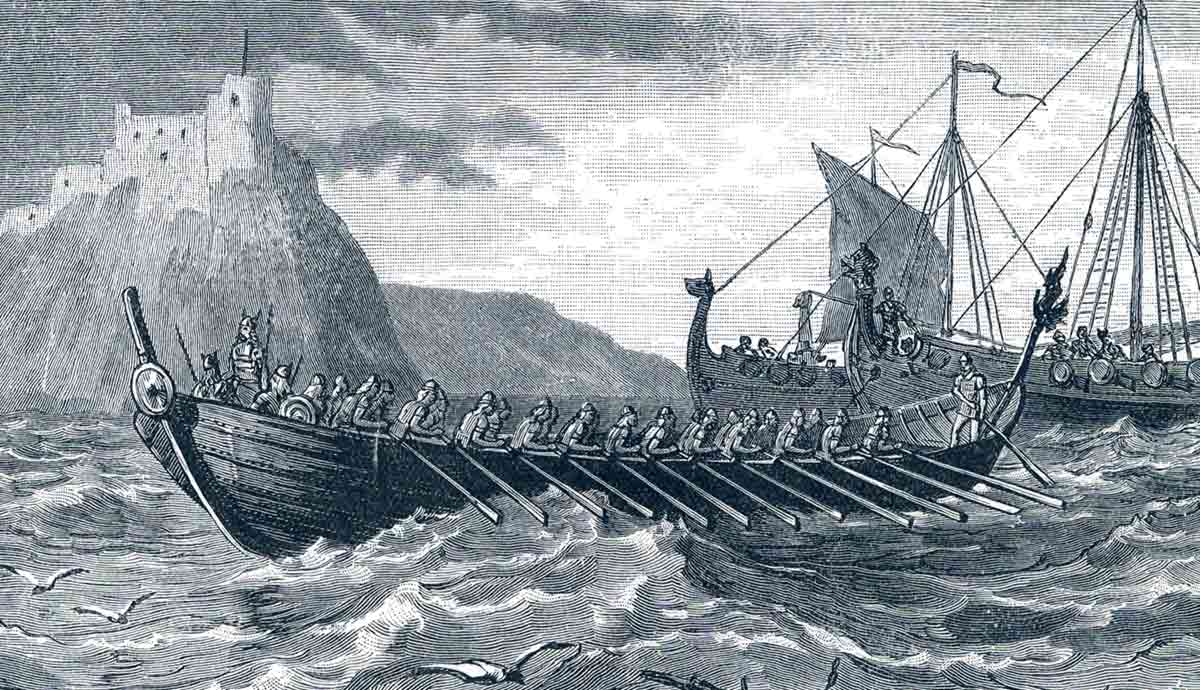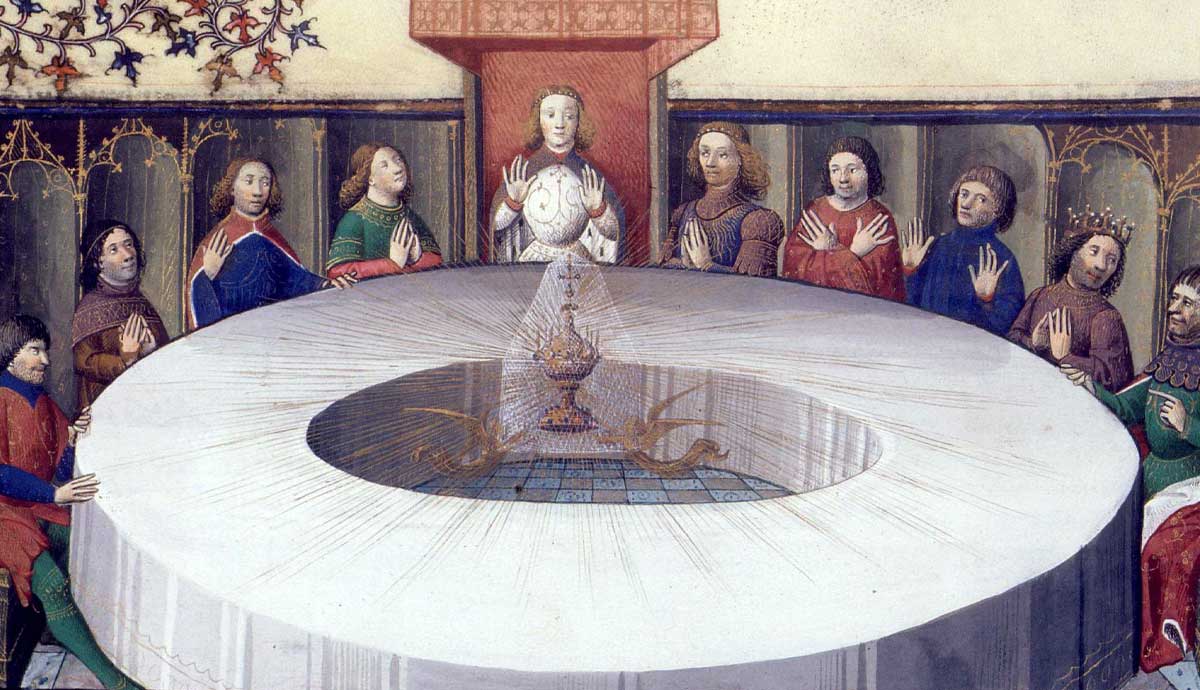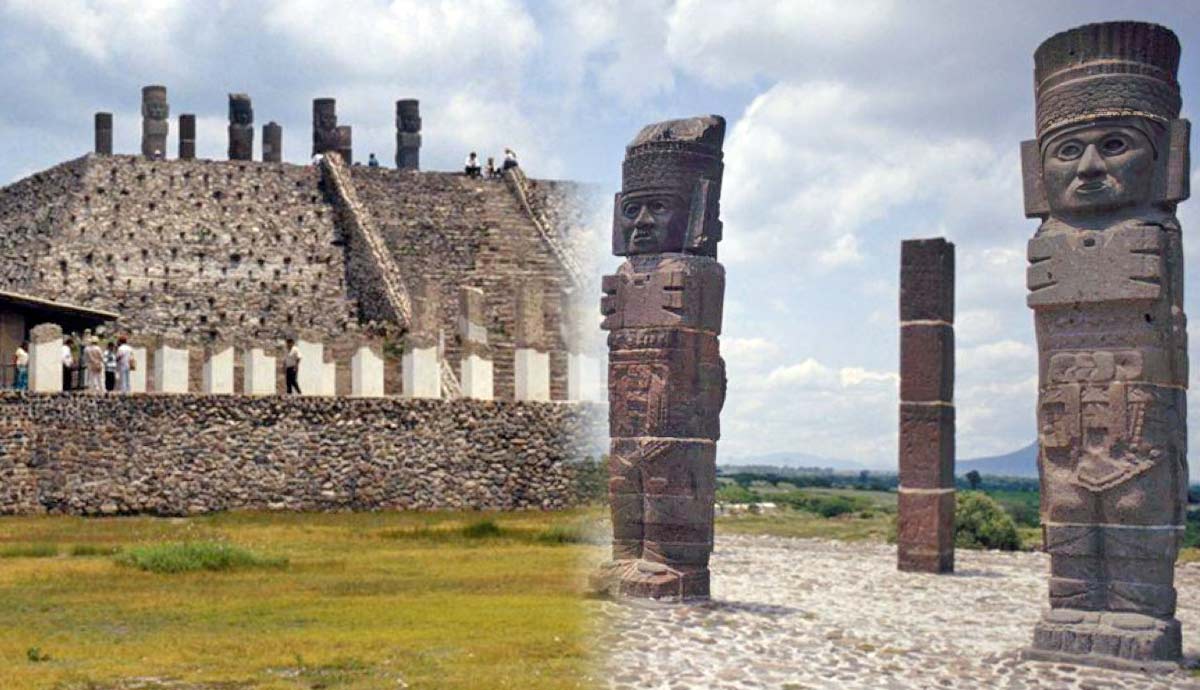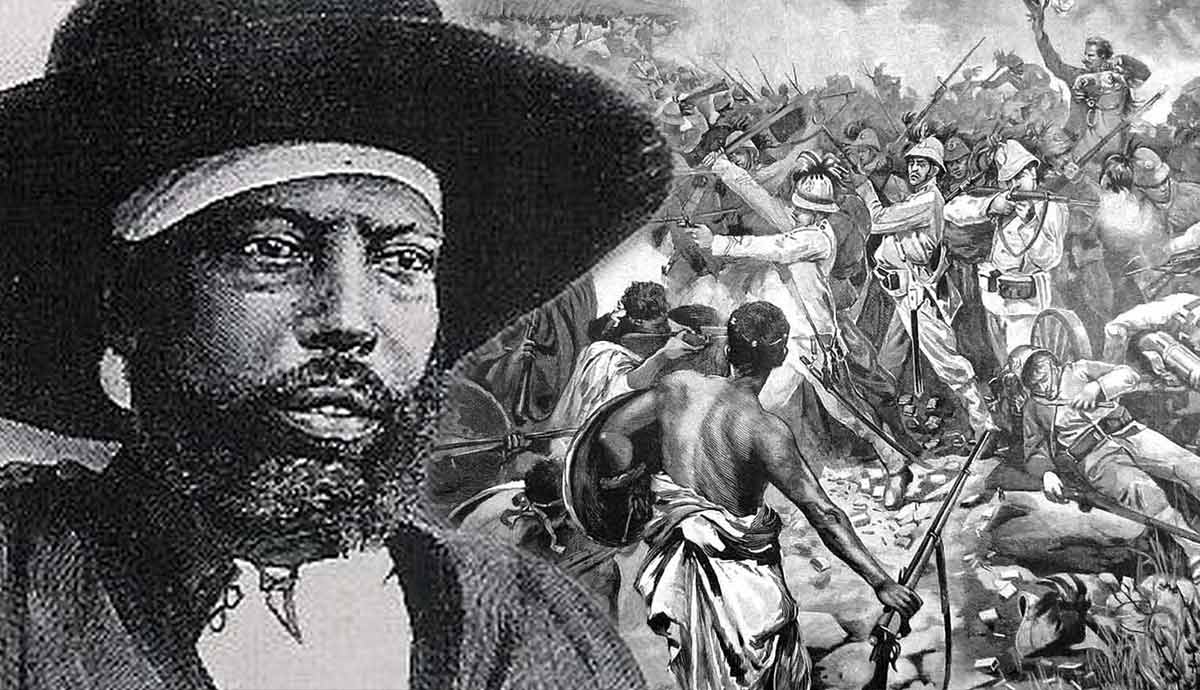
At the beginning of 1890, Menelik II, Emperor of Ethiopia, one of the only two independent African countries, contacted the leaders of the Western powers to announce his accession to the throne. To his shock, his correspondents informed the emperor that all his diplomatic relations should be handled by the Italian government, as Ethiopia was a protectorate of Italy. However, Menelik did not remember agreeing to waive his country’s independence. The confusion regarding Ethiopia’s status stemmed from a translation error in the Treaty of Wuchale, which was redacted both in Amharic and Italian. The ensuing dispute over the correct interpretation eventually led to the First Italo-Ethiopian War.
Emperor Yohannes, Sahle Mariam of Shewa, & Italy: The Origins of the Treaty

In the second half of the 19th century, the European powers launched a series of aggressive expansionist campaigns overseas that resulted in the forced partition of the African continent, commonly known as the Scramble for Africa. Only Ethiopia and Liberia managed to maintain their sovereignty during this period of intense exploitation and conquest. In the 1880s, however, Italy’s imperialist endeavors threatened Ethiopia’s independence.
By the time the Italians began to advance onto the highlands from their outpost in Massawa, a strategic port on the Red Sea, Ethiopia’s ruler, Emperor Yohannes IV, had already successfully defended his country from Egypt’s invasion attempt. Even though the military victories had strengthened his hold on the imperial throne, Yohannes still struggled to contain the challenges to his rule from powerful contenders within the country. The emperor’s most dangerous rival was Sahle Mariam, the charismatic negus (king) of Shewa, a southern province of Ethiopia. While the provincial leader had formally recognized Yohannes’ position in 1878, he had not abandoned his plan to secure the throne for himself.
The Italian government aimed to exploit the internal tension to undermine Yohannes IV and establish its authority over Ethiopia. To this end, Pietro Antonelli, the Italian emissary in the African country, began cultivating diplomatic ties with the king of Shewa, sponsoring his project to ascend to the throne. After the death of Yohannes, “a thousand pretenders will fight over an empire that no longer is,” remarked Antonelli. Following the Machiavellian divide et impera (divide and rule) policy, Italy planned to ensure that a pro-Italian ruler would wear the imperial crown.

In the 1880s, Italy and Sahle Mariam formed a military alliance. According to the agreement, Italy would support the King of Shewa against Yohannes, delivering ten thousand Remington rifles and other modern military equipment to his army. In exchange, Sahle Mariam promised to hand over a portion of the northern territories to the Kingdom of Italy.
The Italian armed forces’ previous attempt to expand into the Ethiopian highlands had been largely unsuccessful. In 1887, at Dogali, Ras Alula, Yohannes’ right-hand general, had decimated the Italian troops led by Colonel De Cristoforis. In the aftermath of the humiliating defeat, known in Italy as the Dogali Massacre, the Italian government saw their alliance with Sahle Mariam as a means to avenge the national honor.
Meanwhile, Yohannes, in the face of the ongoing Italian imperial ambitions, hoped to persuade the charismatic King of Shewa to join him in his defense of the country against the Western country: “If the two of us remain united with the help of God we will win,” declared the emperor.
In 1889, however, a new threat forced Yohannes to divert his focus from his campaign against the Italians. After the Sudanese army invaded Ethiopia in March, Yohannes died from a wound sustained during the battle of Metemma. Sahle Mariam, with Italy’s approval, immediately proclaimed himself negusa negest (king of kings) with the name of Menelik II. In May, the new emperor formalized his ties with the Kingdom of Italy with the Treaty of Wuchale.
Italian Colonialism & Ethiopia

When Italy joined the Scramble for Africa, the other Western powers had already partitioned most of the continent’s territory. While the newly united Kingdom of Italy was a newcomer to the international political landscape and imperialist exploits, the Italian government took part in the 1884-1885 Berlin Conference, where it was awarded the East African territories on the Red Sea that would later form the colony of Eritrea. In 1870, the Genovese Rubattino Company had already purchased the port of Assab, a strategic location near the Suez Canal they later sold to the Italian state.
At the time, the Italian government struggled to turn the former local states of the peninsula into a homogeneous political entity. “We have made Italy,” famously stated Massimo D’Azeglio, “now we must make Italians.”
However, the hazardous task of developing a sense of national identity and establishing a bond between society and state was made more complicated by the pressing economic and financial problems straining the new nation. In this context, future Prime Minister Francesco Crispi saw the prospect of colonial expansion in Africa as a means to address the pressing issues of widespread poverty and unemployment.
“Without a single drop of bloodshed,” commented Crispi, “an immense space is being offered to our industry and our trade where they can invest their money safely and to their great advantage.”

In the years following the Risorgimento, the movement for national unification, Italy was also concerned about the mass migrations of Italian citizens overseas, especially to the Americas. In the second half of the 19th century, as the number of Italians leaving the peninsula in search of better life prospects increased, the government started promoting colonial expansion in Africa as a means to provide the impoverished peasants a closer settlement.
Thus, the nexus between migration and territorial expansion became a staple of Italian colonialism, legitimizing the establishment of an African empire as securing a “vital space” for the Italian peasants. In 1911, Italian poet Giovanni Pascoli famously titled his 1911 speech to celebrate the annexation of Libya: “The Great Proletarian, She Has Risen!”
One Treaty, Two Translations: The Treaty of Wuchale

In March 1889, after the death of Yohannes IV, the Italians were eager to formalize their alliance with his successor, hoping to secure their hold on Ethiopia. Similarly, Menelik, fearing the claims for the throne advanced by Mangasha, the former ruler’s son, saw his ties with the Italian government as a means to strengthen his position. Thus, on May 2, 1889, Menelik II and Pietro Antonelli (on behalf of King Umberto I of Italy) signed the Treaty of Wuchale, named after the Ethiopian town where the two countries’ representatives met to negotiate the agreement. Two official versions of the document were produced, one in Italian and the other in Amharic.
According to Article 3 of the treaty, Menelik formally recognized Italy’s territorial possessions in modern Tigray and Eritrea. “It is the first time that a king of Ethiopia cedes part of his territory by accord,” boasted Antonelli in an 1890 letter to Francesco Crispi. In exchange, with Article 6, the Italian Kingdom granted the Ethiopian emperor the exclusive right to import arms and ammunition through the port of Massawa “free of charge.”
The provisional draft of the treaty, presumably written in Italy before the beginning of the negotiations, also included a provision proposing that Menelik II conduct all future diplomatic relations with the European powers through the Italian government. In the Italian version of the Treaty of Wuchale, Article 17 thus announced that the Emperor of Ethiopia agreed to use (consente di servirsi) “the liaison services of the Italian government” for his foreign relations. The wording of the phrase seemed to imply a future Italian protectorate over Ethiopia.

However, the implication of Article 17 regarding the future status of the African country was lost in translation. Indeed, the Amharic text of the treaty merely stated that the Emperor “may, if he desires to (yichalachewal),” refer to the Kingdom of Italy in his dealings with other European nations.
Contrary to the Italian document, the Ethiopian text did not suggest that Menelik II would be required to relinquish his right to independently conduct a foreign policy. As the word “protectorate” was not explicitly mentioned by either version of the Treaty of Wuchale, Menelik II understood the use of Italy’s assistance in his future diplomatic initiatives as optional.
Despite the discrepancy between the Italian and Amharic wording of Ethiopia’s status, Article 19 confusingly reassured the signatories that the two copies of the document “have equal validity and legal force.” The same paragraph also attested to the accuracy of the translation from the Italian draft: le due versioni combaciano perfettamente fra di loro (“the two versions are exactly the same”).
“Wuchalegate”: An Error or a Double-Cross?

The year following the signing of the Treaty of Wuchale, Emperor Menelik II attempted to establish diplomatic ties with key European leaders, including Queen Victoria of Great Britain and Kaiser Wilhelm II of Germany. In February 1890, when his correspondents responded to his previous letters, Menelik made a troubling discovery.
“[The] Italian government,” wrote the British queen, “have notified us that by a Treaty concluded … between Italy and Ethiopia, it is provided that His Majesty the King of Ethiopia consents to avail himself of the government of His Majesty the King of Italy for the conduct of all matters which he may have with other powers or Governments.”
The German Kaiser similarly informed Menelik that Ethiopia was now an Italian protectorate, insultingly addressing him as “Your Highness” instead of “Emperor.”
After the initial bewilderment, Menelik discovered that the Italian government had notified the Western powers about the newly established protectorate over Ethiopia in conformity with the General Act of the Berlin Conference. Meanwhile, in January 1890, the Kingdom of Italy had announced the creation of the colony of Eritrea (from the Greek erythros, or red) in the territories gained with the Treaty of Wuchale.

To protest the deception, Menelik contacted King Umberto I: “I said that because of friendship, our affairs in Europe might be carried on with the aid of the Sovereign of Italy, but I have not made any treaty which obliges me to do so, and today, I am not the man to accept it. That one independent power does not seek the aid of another to carry on its affairs, your Majesty understands very well.”
Hoping to safeguard his country’s independence, Menelik wrote to the European leaders, informing them that the Amharic text of the treaty, equally binding as the Italian version, did not commit him to waive Ethiopia’s sovereignty. According to his biographer Afework Gabre Yesus, the African emperor directly complained to Count Augusto Salimbeni, the Italian envoy sent to Ethiopia to clear the confusion surrounding the treaty, about what he believed to be a double-cross from the part of the Italians: “I have never even dreamt of Ethiopia being an Italian protectorate.”
From the Treaty of Wuchale to the First Italo-Ethiopian War

As the dispute over the interpretation of Article 17 continued, the relationship between Italy and Ethiopia quickly deteriorated. The Italian government, bent on establishing the newly united nation as an international power, refused to revoke its claim over Ethiopia. In January 1890, when Menelik had yet to discover the “mistranslation” of the Treaty of Wuchale, General Antonio Baldissera, the commander of the Italian forces in Eritrea, received the order to march into the Tigray Province up to the town of Adwa.
In 1893, faced with the aggressive Italian expansionist policy, Menelik II decided to unilaterally abrogate the Treaty of Wuchale. He also declared null the additional convention between the two nations signed on his behalf by Ras Makonnen (Menelik’s cousin and father of the future emperor Haile Selassie) in 1889.
Announcing his decision to the Western powers, Menelik yet again condemned Italy’s double-cross, denouncing that the Italian government was “trying, under the mask of friendship, to take possession of this country.” Ethiopia, added the emperor, “is strong enough to maintain its independence, and it does not care for any protectorate.”
Three years after Menelik rejected the Treaty of Wuchale, his army inflicted a humiliating defeat on the Italians at Adwa. It was the first time an African country successfully defended its independence against a colonization attempt. In October 1896, with the Treaty of Addis Ababa, the Kingdom of Italy formally recognized Ethiopia’s independence.
The disastrous outcome of the First Italo-Ethiopian War remained an open wound in the history of the young Italian state. In 1935, Benito Mussolini ordered the invasion of Ethiopia, declaring his intention to avenge the disaster of Adwa. At the end of the Second Italo-Ethiopian War, the African country, an international symbol of Black pride, became an Italian colony.
